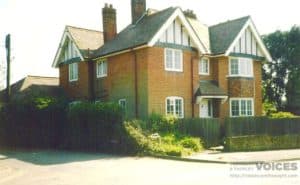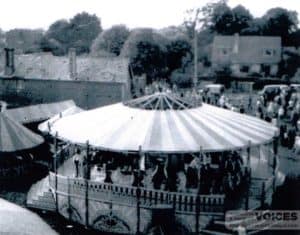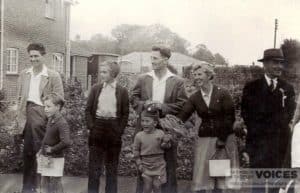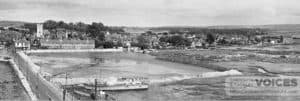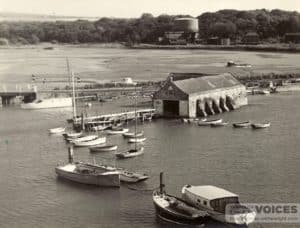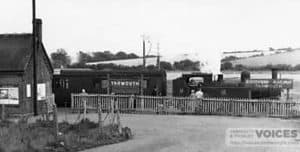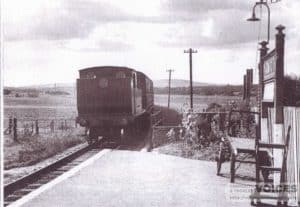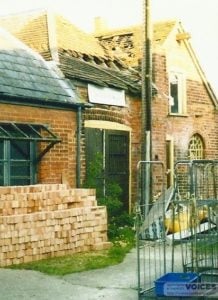The fair used to come every year until their lorries got so big that they couldn’t come up by the vet’s where Mr Lewis used to be. When the Harbour Commissioners built the bit down by the new car park they went down there, on that bit of green down there, but everyone remembers it up the Rec.
I remember an old chap, Sid Butler, who lived in the house next to the Rec., Kezzie Butler’s brother. He used to ride these chairplanes all evening, from the time it started at 6 o’clock until 10 when it finished. He used to sit there with his old pipe, and he would sit there for hours. Brian Pomroy b 1937
The lorries and trailers for the fair were so big, they couldn’t turn the corner into the lane by Westport. They had a long heavy crowbar with a hook on the end which they would put under the rear axle and lever the wheels round.
On the last evening they used to say to the children, ‘If you come back tomorrow, we’ll give some money for helping us.’ Of course, they were gone the next morning.
After the fair had left, the children used to go over the field picking up the loose change that had been dropped in the grass. Michael Lewis b 1923 Yarmouth Vet. from 1956

